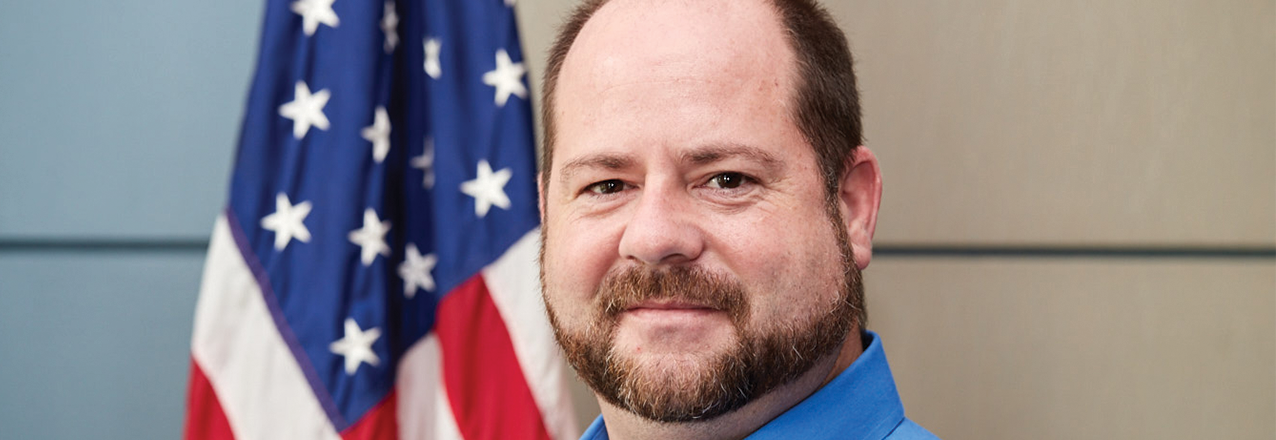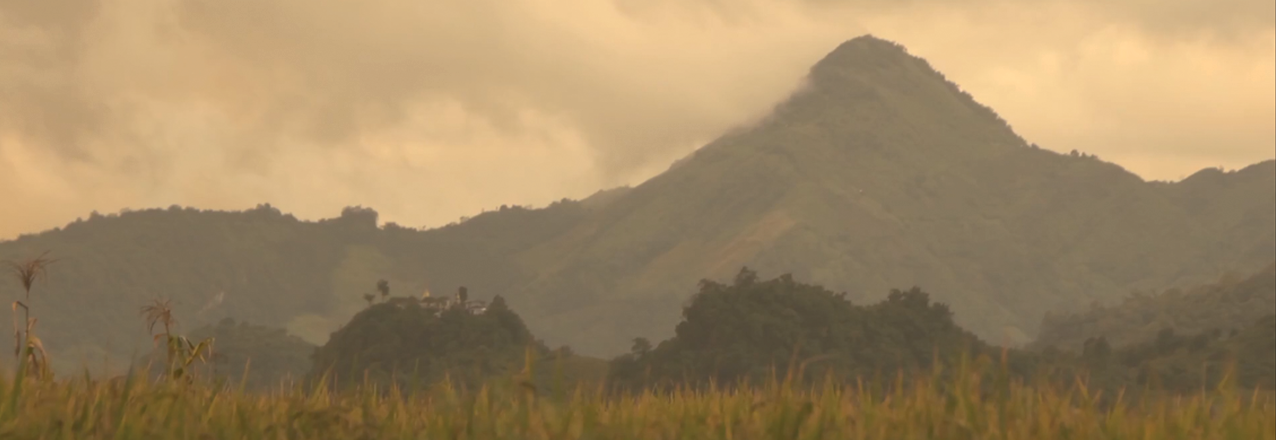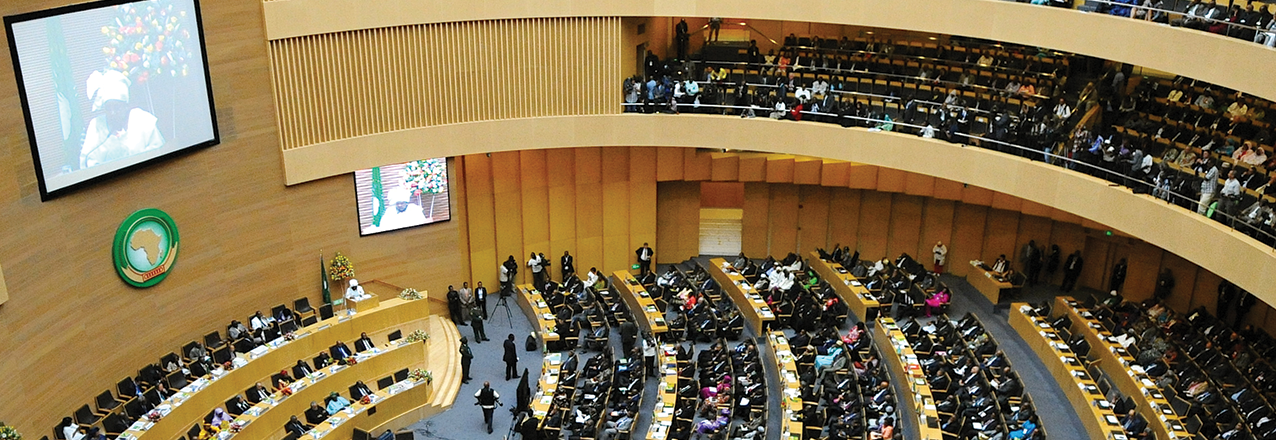Tell us about yourself.
I am the Private Sector Team Lead in USAID/Tanzania’s Economic Growth office. I manage a broad portfolio which includes, in addition to land, private enterprise development, investment, trade, access to finance, agribusiness, agriculture value chains and policy reforms related to each of these areas. Specific to land, I currently manage a land regularization contract named “Feed the Future Tanzania Land Tenure Assistance” Activity (LTA). This program seeks to: i) clarify and document land ownership; ii) increase local understanding of land use and land rights, and iii) support land use planning. The activity is currently mapping 250 rural land plots per day and will ultimately result in the documentation (digital and hard copy) of approximately 60,000 parcels for around 25,000 individuals in 41 villages.
I also coordinate USAID/Tanzania’s involvement with a randomized control trial impact evaluation (IE) that seeks to evaluate LTA’s land registration activities across five dimensions: 1) tenure security and land management; 2) land disputes; 3) investment and land use; 4) empowerment; and 5) economic and environmental outcomes. The IE fills an important information gap in that, while USAID and others have been exploring different approaches for documenting land ownership and sustainable land investment, there have been few rigorous evaluations of the impact of more formal approaches and outcomes from the formalization of customary tenure systems.
Furthermore, I directly engage with the Government of Tanzania through a variety of platforms for policy reform in an effort to provide input on changes to laws, acts, regulations, and procedures in the land sector, particularly around land registration and administration. This engagement is often conducted in unison with other development partners engaging on land issues in Tanzania including the World Bank, DFID, SIDA, DANIDA, FAO and a few local NGOs.
Why is land tenure/property rights important to your work at USAID?
I feel that land tenure security is essential for long-term, sustained economic growth. Not only does improved land tenure and property rights support broad-based, small scale investment, but it also facilitates better stewardship of the land, empowers disenfranchised groups, including women and youth, and is capable of solidifying land rights in a way that has the ability to significantly support conflict or dispute resolution. Each of these goals feature prominently in Tanzania’s Country Development and Cooperation Strategy and can benefit a segment of populations in developing countries which may otherwise turn to more nefarious pursuits if access to land in predominantly agriculture-based economies is not available for more productive endeavors.
What are some of the biggest challenges you see in addressing land tenure/property rights issues? And how are we tackling these challenges?
Perhaps the biggest challenge is the reality that there can be some very negative consequences for land reform interventions if not carefully thought out and implemented. Even the best-laid plans can fall apart due to government actions which are beyond the control of development partners, yet the reputation of the development partner is still in jeopardy if people are displaced, land-related conflicts erupt or land speculation drives costs to levels only available to elites. Development professionals engaging in the land sector should constantly keep this in mind and be aware of worrisome trends when they emerge. With this awareness, I find it best to reinforce the message that assistance is provided from the development partner to the responsible government unit, the District Land Office in our case, to deliver a public service that supports (positive and beneficial) national goals.
Another challenge is to overcome the opinion on the part of many that land registration, in and of itself, is a worthwhile pursuit. Mapping, demarcating, adjudicating and registering land is really only the first step in a much larger process. Developing a functional land administration system to which registered lands can feed into and be tracked as subsequent transactions involving those transactions take place should be the real goal. This can be a massive and off-putting endeavor on a national scale. However, it may be somewhat feasible to institute a sub-national (district) level land administration system, supported by transaction fees, as an example of something that could be scaled up over time as resources permit.
Finally, the idea that land registration and documentation automatically leads to increased tenure security needs to be challenged more often. It is the rule of law that backs up the certificate of registration or title that provides the tenure security, not the other way around. Each of these observations have obvious implications for any effort aimed at designing and implementing a land intervention.
What are some successes USAID has achieved in the land sector?
I designed and am currently implementing an activity that is demonstrating how to accomplish large-scale land use planning and registration at an affordable price (from $35/parcel to under $9), with high credibility and integrity, compliance with the law and in strong partnership with government at all levels. I feel particularly good about my direct negotiations with the Minister of Lands to change administrative procedures in a way that allows batch processing thereby greatly increasing cost efficiencies and allowing scalability. The activity itself will end up registering only about 60,000 parcels, but the tools, field procedures, public outreach materials and legal revisions allowing the batch processing of applications for customary title are already being adopted by another development partner initiative seeking the registration of about 250,000 parcels. The government of Tanzania is also adopting the tools and methodology outright for the small budgets they allocate each year to land regularization allowing them to increase their outcomes four-fold. Finally, the intervention package is being considered for use in a much larger land regularization activity within the country which may result in the registration of parcels for a significant percentage of Tanzania’s population.
Final thoughts?
Clearly define your goals, expectations, and theory of change prior to entering into land interventions. Identify your expected outcomes and set up systems to determine if and when you meet them. Most importantly, though, be constantly vigilant in watching for indications for the potential pitfalls of land regularization–land speculation, displacement of people, disenfranchisement, etc.
Also, kudos to the E3 Land and Urban Office for their significant efforts over the last two years to more effectively communicate to stakeholders across the board, internally and externally, regarding the value of land regularization. The efforts are noticeable and positive.


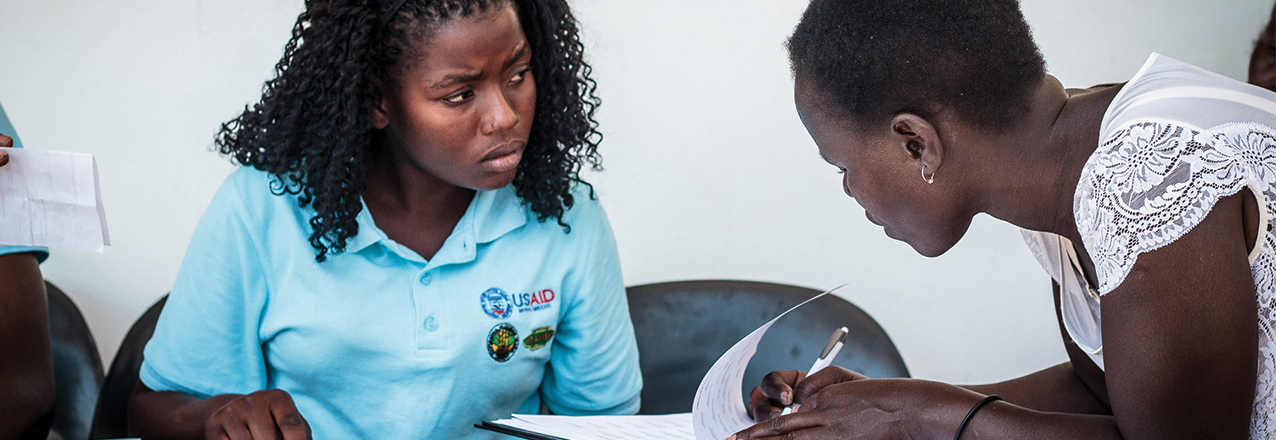
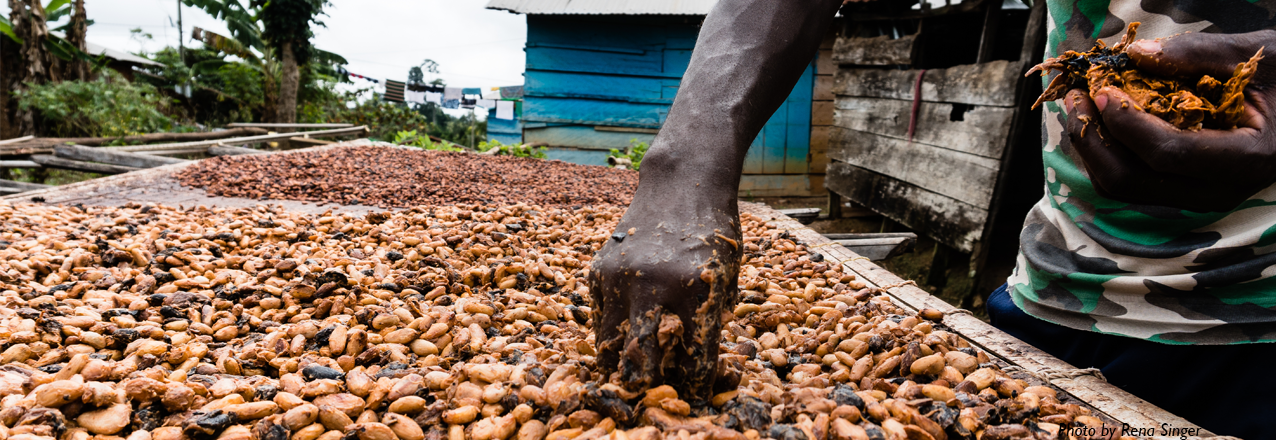
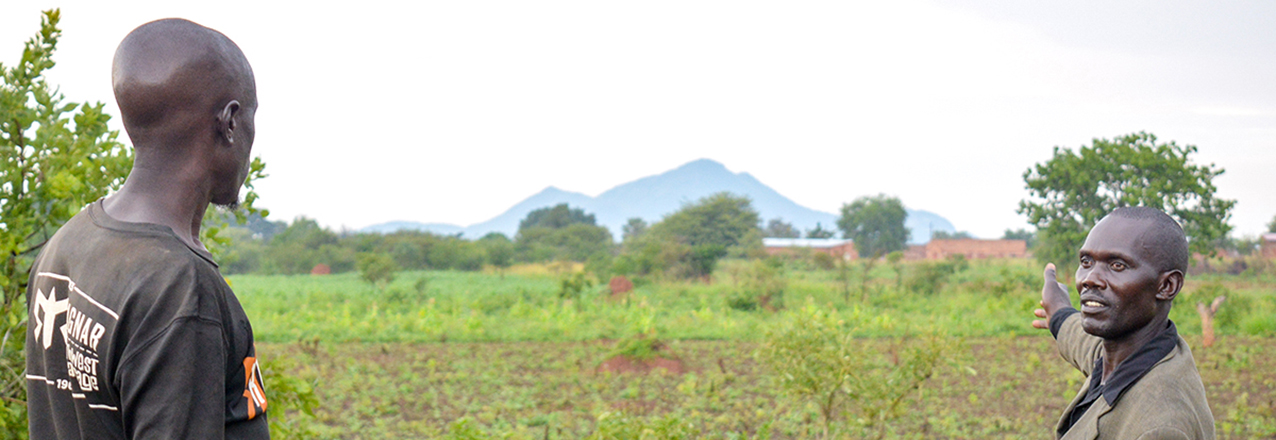

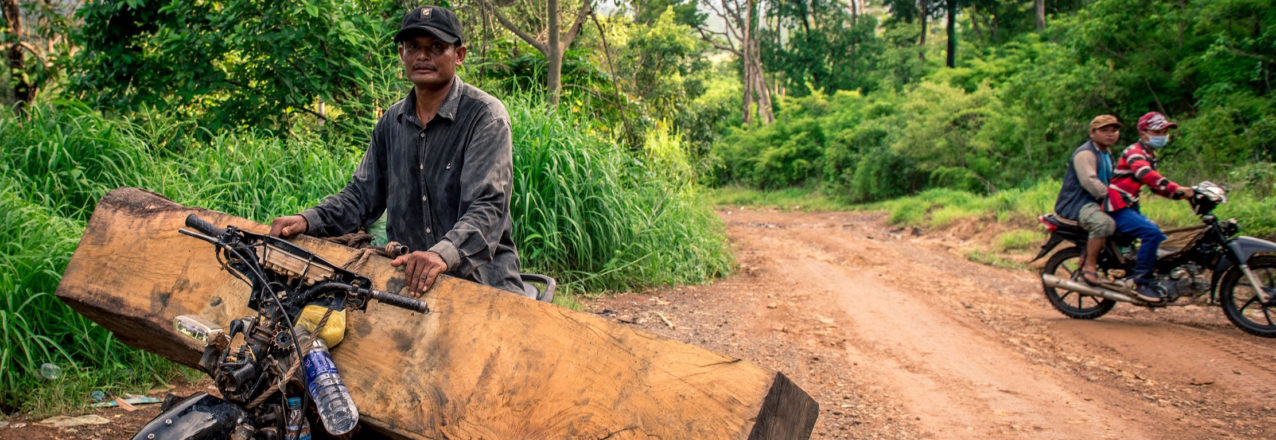
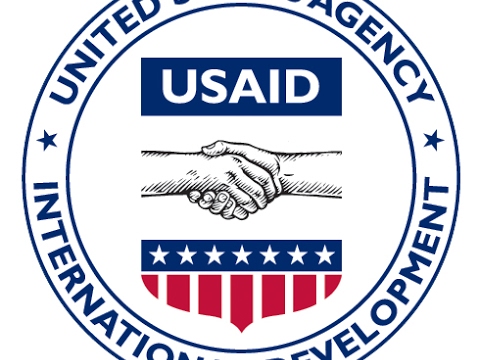

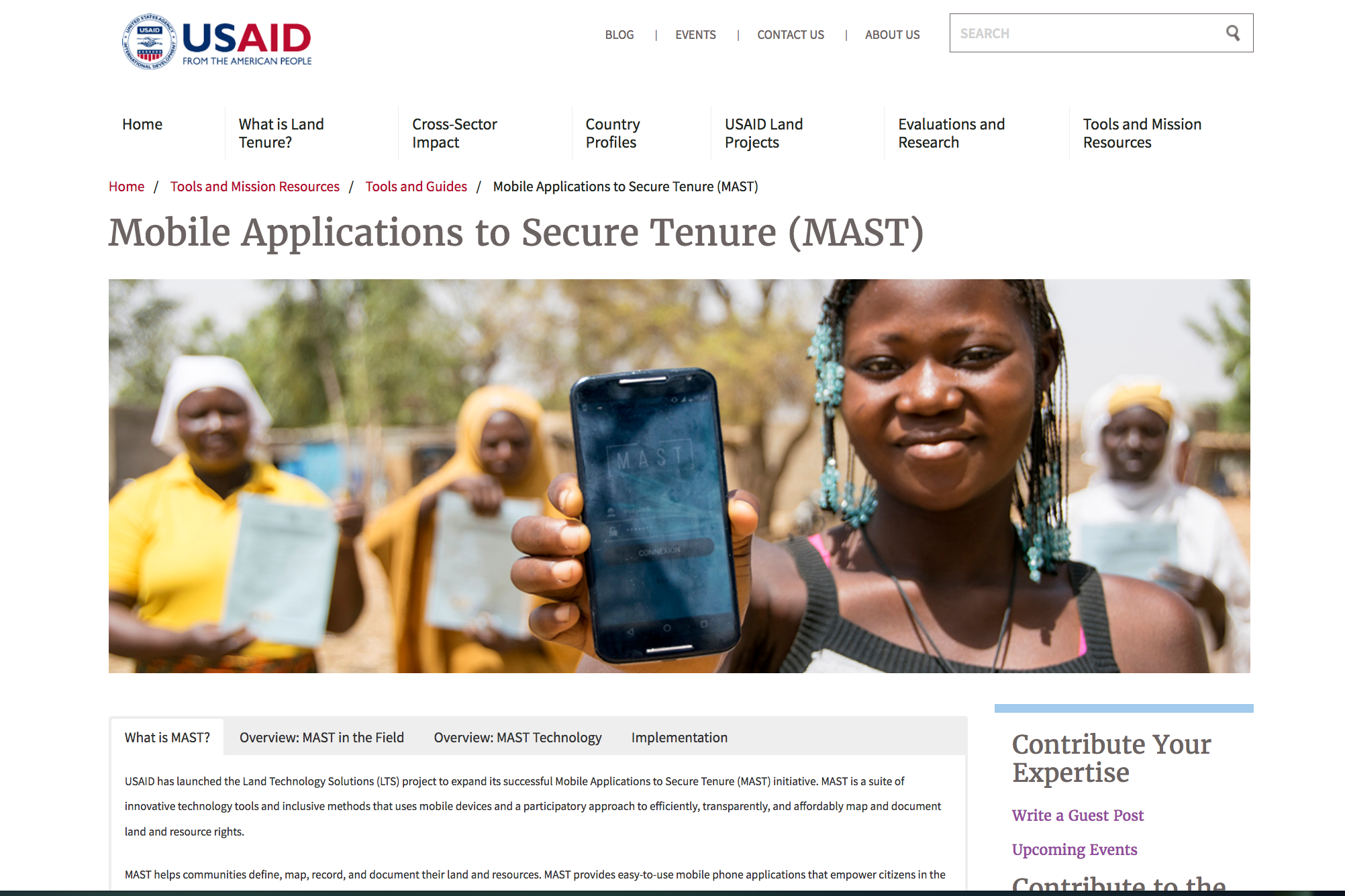
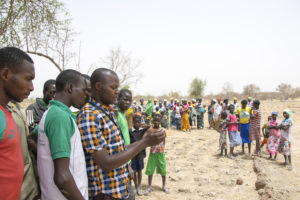 The
The 